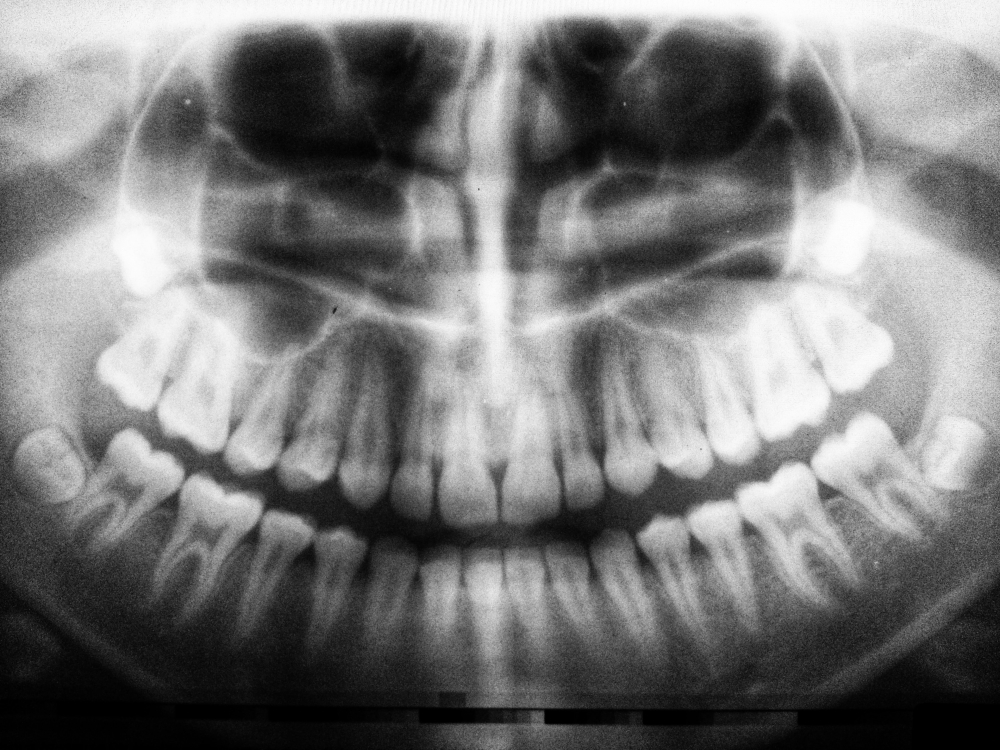
How to Prepare for a Root Canal
March 30, 2021
Top Root Canal Treatment Questions Answered
May 7, 2021
How to Prepare for a Root Canal
March 30, 2021
Top Root Canal Treatment Questions Answered
May 7, 2021A tooth with an infection inside the root canals requires more intensive treatment than a simple dental filling. The infection could worsen unless a dental professional removes the inflamed tissue through either root canal therapy or extraction. Which option should you choose? At Innovative Endodontics, we’ve created this guide to help you compare root canal vs extraction and implant to help you pick the best option.
What Happens During Root Canal vs Extraction and Implant
Root canals and extractions are very different procedures with very different timelines. Root canal treatment is often the more simple and quicker option as treatment is typically completed in one visit. Extraction and implant require at least a single visit for the extraction and multiple appointments to have the implant placed and restored. This process takes months to allow for proper healing between visits.
Root Canal Therapy Procedure
Root canal therapy at an endodontist includes anesthetizing the area, cleaning the tooth thoroughly, and filling the tooth. After the endodontist completes the root canal treatment, you return to your dentist to get a permanent covering, usually a crown, over the tooth. This ensures that your root canal treatment does not get reinfected.
Following your root canal treatment, you should plan to have the crown placed as soon as possible to prevent issues such as bacterial invasion of the treated tooth or a loss of the temporary filling. The entire process for root canal therapy, including crown placement, typically happens in one to two weeks, with two to three visits total.
Extraction and Dental Implant Surgery
First, you must have the dentist remove the impacted tooth. Your general dentist may complete this procedure or they may refer you to an oral surgeon. You must then wait until the extraction site heals before you have surgery to install the implant, or titanium post, post inside your jawbone.
The first step in implant surgery installs a post in your jaw. This process requires drilling into your jaw to place a screw-like post. The bone will eventually heal around the post, holding it permanently in place. You may need a bone graft before this step, depending on the condition of your jawbone.
After you heal and the bone grows around the post, you will have minor surgery to install the abutment on top of the post, which will hold the replacement tooth. This step only requires local anesthesia to numb the gums that your dentist removes to attach the abutment.
Once you’ve fully healed from these steps, you will have either a fixed or removable tooth placed on top of the post. This tooth will look and act like your other teeth. You still need to regularly brush and floss to prevent stains and cavities in nearby teeth.
Implant surgery requires much longer to undergo for the complete procedure than root canal therapy. Several steps require weeks or months of healing time between them to ensure the longevity of the implant.
Reasons You May Need a Root Canal or Extraction and Implant
Most patients need either root canal treatment or extraction for the same reason. In fact, extraction is typically the only alternative to root canal therapy. Infection inside the tooth needs treatment in some way. Cleaning out the root canal, sealing it, and placing a crown on the tooth allows you to keep your natural tooth. Unfortunately, if you wait too long to schedule root canal therapy, infection inside the root canals may require extraction.
Extraction and implant may be the only option if you wait too long for a root canal. For some dental trauma cases, when the doctor cannot save a tooth, you may need an implant placed. Always consult with a dental professional to find out the options for your case.
Cost of Root Canal vs Extraction and Implant
Root canal therapy costs vary depending on the provider, the location of the tooth, and the type of restorative dentistry to cover the tooth. However, costs may average from $1,000 to $2,500. The good news is that most insurance plans typically cover a portion of the cost of this procedure if they don’t pay for it entirely.
Dental extractions and implant surgery cost much more than a typical root canal treatment. The most conservative estimates place this procedure at $3,000 to $4,500, and insurance often doesn’t cover it.
Whether you have dental insurance or not, root canal therapy is often a more cost-effective solution than extraction and implant surgery.
Recovery of Root Canal vs Extraction and Dental Implant
Discomfort following root canal therapy tends to be mild and treatable with over-the-counter medications, such as ibuprofen. Most people feel much better within a few days. In fact, most people return to work or school immediately following the procedure.
Extraction can cause serious discomfort that lasts much longer. Once the site heals from the extraction, you will have additional discomfort following the surgeries to install the post and the abutment.
Root Canal vs Extraction and Implant – How to Choose the Right One
Whether you choose root canal treatment or extraction and a dental implant depends on your dental health, tooth condition, and the reasons for needing the procedure. Consult with an endodontist, like Dr. Estes, to see if you can have your tooth saved through root canal treatment or another form of endodontic care. If you can, you will save money, time and reduce discomfort compared to having the tooth extracted and an implant installed.
Contact Us at Innovative Endodontics for Root Canal Treatment
Contact us at Innovative Endodontics to schedule a visit. Dr. Estes uses the latest technology to improve the accuracy of treatment and comfort for her patients. Where you go for your root canal treatment does make a difference. Choose Innovative Endodontics serving the Goose Creek, SC area, for quality endodontic care.




